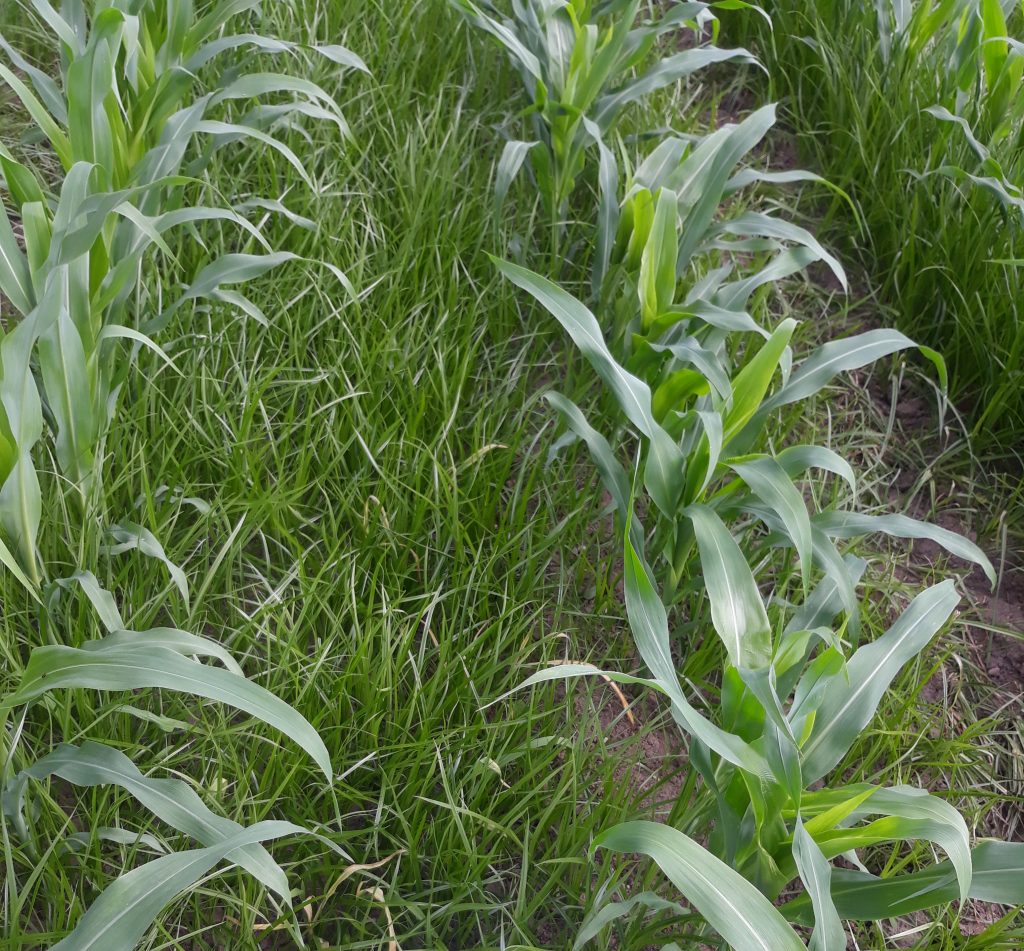At first glance, tubercyperus appears to be a harmless grass-like plant, but appearances can be deceiving. This weed has been a persistent problem in Flemish agriculture for some time and is still spreading. It can crowd out your crops, reduce yields and even restrict your crop rotation.
Knolcyperus first appeared in Flanders in the 1980s in northern Limburg, presumably via flower bulb cultivation from the Netherlands. Since then, the Research and Training Centre for Agriculture (PVL) in Bocholt has decades of research experience with this pest. Meanwhile, tuber cyperus has spread throughout Flanders. The global spread is mainly due to the hundreds of tubers that a single plant can form annually. These tubers are hardy and spread easily through earthworks. In the following growing season, they develop into full-fledged plants. Recognising tubercyperus is therefore an essential first step. The plant has a typical triangular, stiff stem with often a pink base. Underground, the plant forms offshoots and tubers. Tubercyperus can flower from late July to September.

Recognition and distribution
"Tuber cyperus is a known problem in the region around Bocholt. Most farmers in the area recognise the plant and know what actions to take. In other Flemish regions, it is often a newer problem," says Shana Clercx, researcher at PVL, where she has been monitoring tuber cyperus problems for eight years. The spread of tuber cyperus is exacerbated by several factors. "On the one hand, short leases play a role: temporary plots often receive less care. On the other hand, we find that arable farmers monitor their plots more closely than dairy farmers. This makes sense, as their priorities lie elsewhere, but because of this, the pressure can be very high even before the problem is noticed," says Shana. In addition, soil texture plays a role. "Light sandy soil, like in northern Limburg is more susceptible to tuber cyperus than a heavy soil with a diverse soil life. Yet tuber cyperus can occur anywhere. It's like the flu: even if you have a good immune system, there is always a risk of infection."
Impact of tuber cyperus on crops
Tuberous cyperus reduces yields of cereal crops, maize and grasses through competition for light and nutrients. "In bulbous and tuberous crops, the damage is even greater. The shoots of tuber cyperus can bore into root structures, causing conservation problems in addition to yield loss," Shana explains. Within the conditionality in the Common Agricultural Policy (GAEC 8 - conservation of non-productive elements for increased biodiversity on farms) prohibits the cultivation of root, tuber and bulb crops on infected plots. This is a precautionary measure to prevent inadvertent spread of tuberous roots through earthworks.
Controlling tuber cyperus
The approach depends on the nature of the infestation and the farming techniques available. A localised outbreak in the middle of a plot requires a very different approach than an infestation over the entire plot. "For a small outbreak, don't start with gross mechanical control because you will spread the tubers over the entire plot. For larger infestations, black fallow or maize cultivation work best. Maize cultivation with targeted herbicide treatment lowers tuber cyperus pressure by 45% to 55% per year under favourable conditions," says Shana. Selective herbicides for tuber cyperus control are only allowed in maize cultivation in Flanders. The dense foliage of maize provides further suppression. Plots marked on the collection application as 'infested with tuber cyperus' are allowed to deviate from the basic standard for crop rotation (GAEC 7). Maize after maize is allowed on these plots. Knolcyperus infestation can be reported to the Agriculture and Marine Fisheries Agency with a photo of the infestation on the plot itself via info@lv.vlaanderen.be Or the LV-Agrilens app.
Studies on tuber cyperus are still ongoing in several research centres, for instance, control in protection strips is still a problem. "Even with all the techniques, manpower and experience in PVL, we cannot do anything against knolcyperus hotspots in protection strips," explains Shana. To protect the quality of watercourses, the legislation allows little to no control methods in these strips. So there is no single solution to control knolcyperus. It is therefore important to limit the spread in the first instance. Within the rules of integrated pest management (IPM), there is an obligation to control the disease, with a few conditions attached: last cultivation of infected fields, compulsory cleaning of machinery, no removal of soil ...
Article published on Flemish Rural Network








